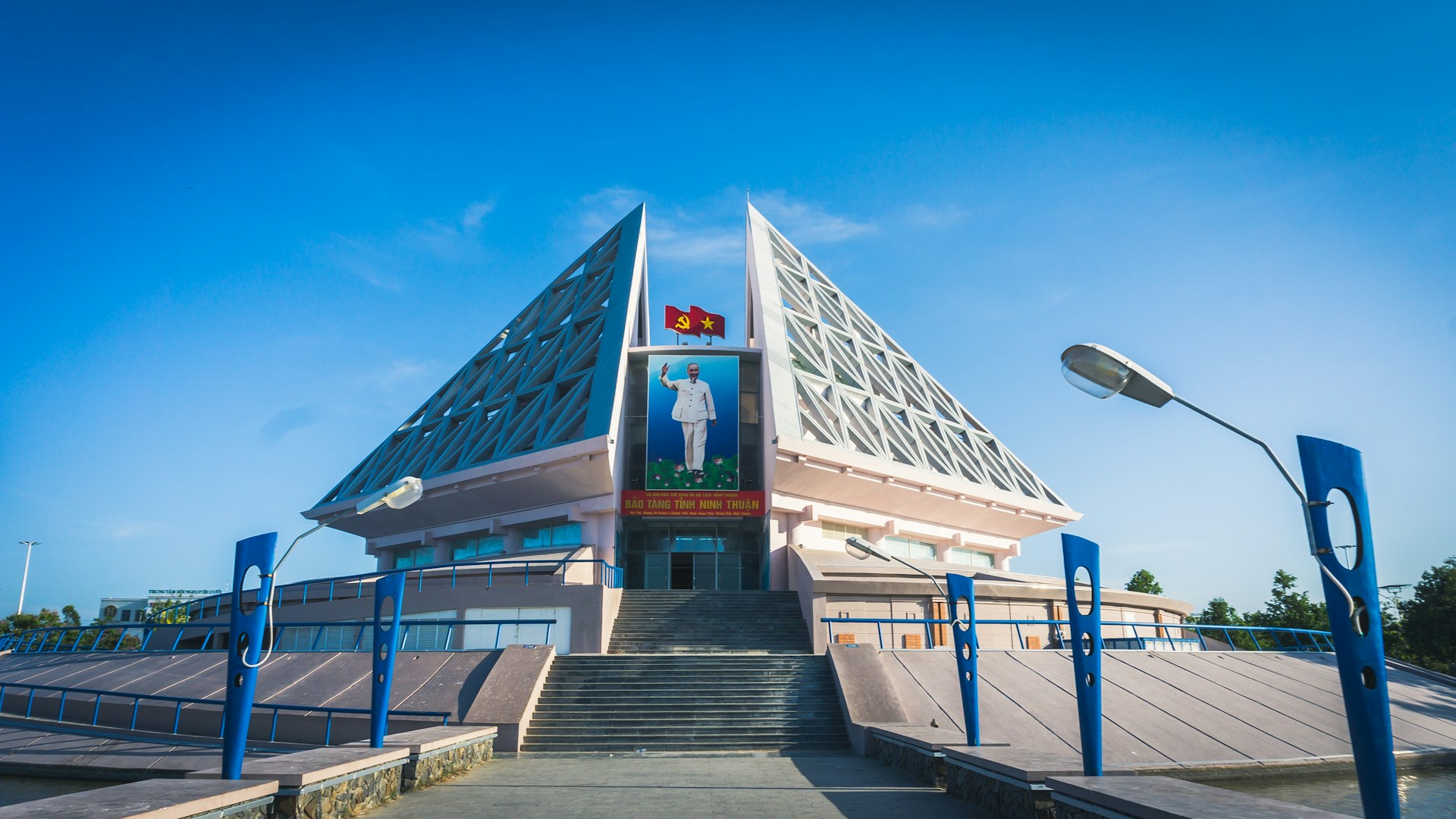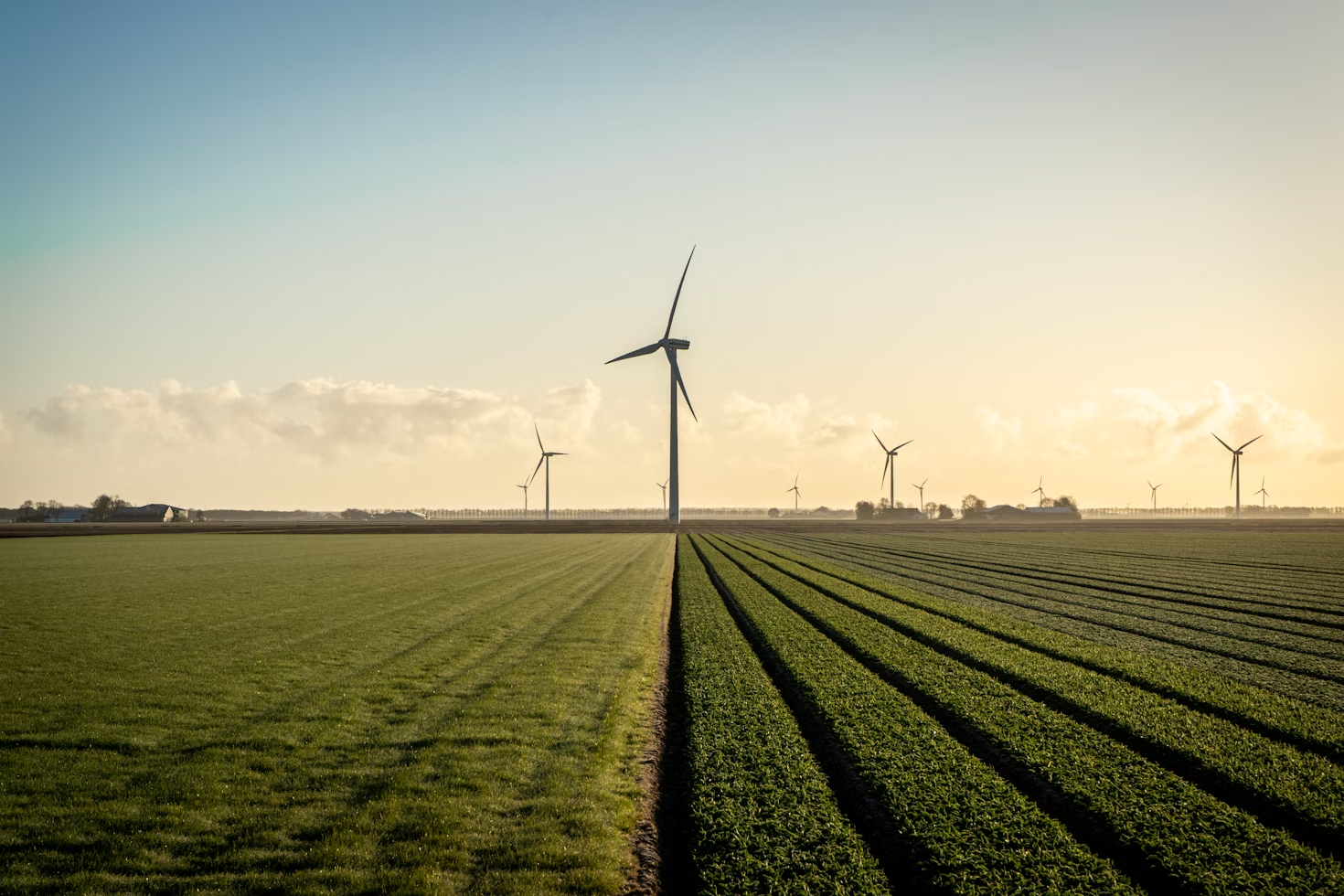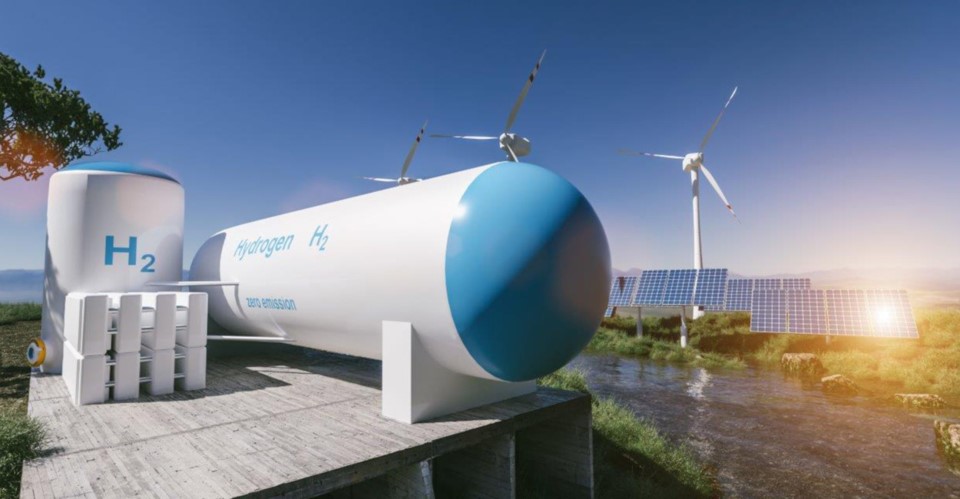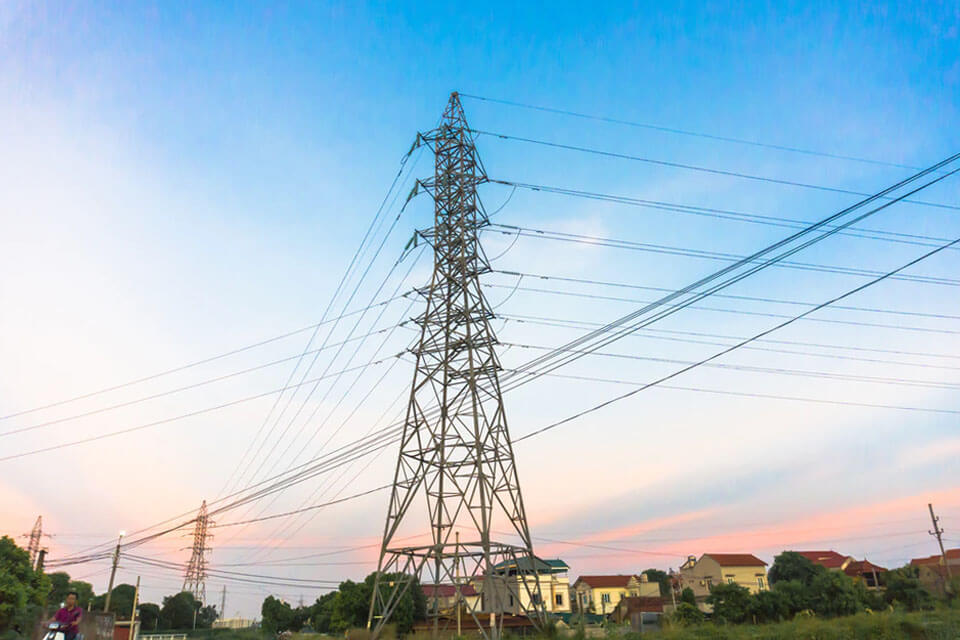15Feb2017
Industry Reviews
Comments: No Comments.
6th Feb 2017
“100,000 sets installed, 30-40% of which are in HCMC”
Vietnamese households are going green with the help of solar energy. The government has a plan to increase the percentage of households using solar-powered applications from 4.3% in 2015 to 12% by 2020 and 36% by 2030.
The applications include 2 main categories: thermal application and electrical application.

Thermal application primarily goes under the form of solar water heater (SWH).
This is the most developed branch of domestic solar use in Vietnam, as reportedly around 100,000 sets are installed all over the country per year, 30 – 40% of which are located in Ho Chi Minh City.
“5000 SHS installed nationwide”
Vietnamese households’ typical SWH have their capacity ranging from 180 liters to 360 liters, and their prices ranging from 300 to 600 USD.
Some well-known brands include ‘Dai Thanh’ of Dai Thanh Group, ‘Kairos’ of Ariston Thermo Vietnam, and ‘Sunny’ of Suntech Power.
The Government has strongly promoted SWH usage. There is an active subsidy program in which Vietnam Electricity (EVN) sponsors 1 million VND (app. 45 USD) for each purchase of residential SWH. With such support, it is expected that by 2030 there will be 22 million m2 of solar thermal collector area[i] in Vietnam (rising from 3 million m2 in 2015)
Electrical application consists of “off-grid” and “gridded” photovoltaics (PV)[ii] systems.
The residential off-grid PV system is commonly known as Solar Home System (SHS). Vietnam had about 5,000 SHS installed nationwide by the end of 2014. An average SHS (160-320Wp), whose main components are solar panel, charge controller, battery pack, and power inverter, would cost around 600 – 1,200 USD.
“Net-Metering Mechanism is the key “
Rural areas, where public power grids have yet to reach or outages occur frequently, seem to be favorable locations for SHS. Since most rural households may find initial investment for SHS too expensive, financial assistance from the government and various development agencies (USAID, World Vision Vietnam, etc.), is frequently found.
As for gridded PV system, residential PV rooftop is the one to look out for. Basically, this system allows households to both self-consume the generated electricity and transfer the surplus amount to the public grid, hence the name ‘gridded’.
Right now, residential PV rooftop is in its early inception stage, as the idea has become relatively familiar but actual utilization is still quite limited.
However, people’s usage of PV rooftop may climb up fast in the future, when net-metering mechanism is put into practice.
The mechanism deducts the amount of electricity a household adds to the grid from the amount it takes from the grid. As such, that household would only be billed for its ‘net’ electricity used.
Mentioned the National Renewable Energy Development Strategy in 2015, the formulation of net-metering policy is already in progress.
“Shortage of relevant legal framework”
Despite all the potentials and room for growth as explained above, there are still challenges laying in the way.
The biggest problem is shortage of relevant legal framework. Currently, there are no performance standard, equipment certification, or code of practice for solar energy related quality control.
Besides, governmental incentive policies for residential usage of solar energy is quite underdeveloped, mostly as just one-off subsidy on purchase.
In conclusion, Vietnam’s solar energy market is more suitable for investors who have long term plans, at least until 2030 – the year at which Vietnam’s government believe solar energy market will reach its maturity .
It can also be suggested that Ho Chi Minh City is the favorable location to start off solar energy business, as sunlight there is remarkably abundant and stable, while the people also have relatively high income.
B& Company Hoang Duc Trung
REFERENCE
- The Deutsche Gesellschaft für Internationale Zusammenarbeit GmbH (GIZ), “Solar Energy in Vietnam”, 2016
- GIZ, “Framework assessment for the promotion of Solar Energy in Vietnam”, 2015
- Vietnam’s Government, “Power Development Plan VII – for the period 2011 – 2020”, 2015
- Vietnam’s Government, “Renewable Energy Development Strategy”, 2015
- Asian Development Bank, “Vietnam: Energy sector assessment, strategy, and road map”, 2015
[i] Solar thermal collector is a device, usually under the forms of panel or tube, used to capturing solar irradiation. Average collector area of a solar water heater system in Vietnam is 2-3m2.
[ii] Photovoltaics (PV) involves technology that converts light into electricity.
Off-grid PV is a system that creates electricity only for household’s self-consumption, without being connected to the public power grid (thus ‘off-grid’).
Meanwhile, Gridded PV system, as it is connected to the public power grid, allows households to contribute its surplus generated electricity to the public system.
































